The now almost long-forgotten subgenre of weepy romantic dramas had an upsurge during the mid-2000s. While it traversed through different cultures and languages, the inescapability of the template eventually burned out under the weight of numerous redundant adaptations. While some of these beloved films now face criticism for being too ingrained in conservative and orthodox norms, it’d be redundant to have that as an explainable reason for their decline.
With a growing market of Hollywood productions, the amount of mid-budget films in general has been dwindling. In this deeply meta-modern and at times even cynical era of moviemaking, watching John Crowley’s “We Live in Time” felt like reconciling with that bygone era. That’s not to say the film is great, nor does it upend the genre conventions in any way. And yet, it comes across as a great debt to the generation of films about “hopelessly romantic” stories because of just how much it feels like something we haven’t really seen in the post-pandemic era. You know while watching that you’re being manipulated, and yet root for the characters since the film looks at you in the eyes as it actively tugs on your heartstrings.
We follow the leads as the movie opens with a serious cancer diagnosis for Almut (Florence Pugh) who discusses with her partner, Tobias (Andrew Garfield), about making a crucial decision: whether to live six months of great life vs a year of long-lasting and miserable chemo that may not work anyway. From that point of emotional high stakes, Crowley’s rom-dramedy traces their relationship from the very start to the tragic end.
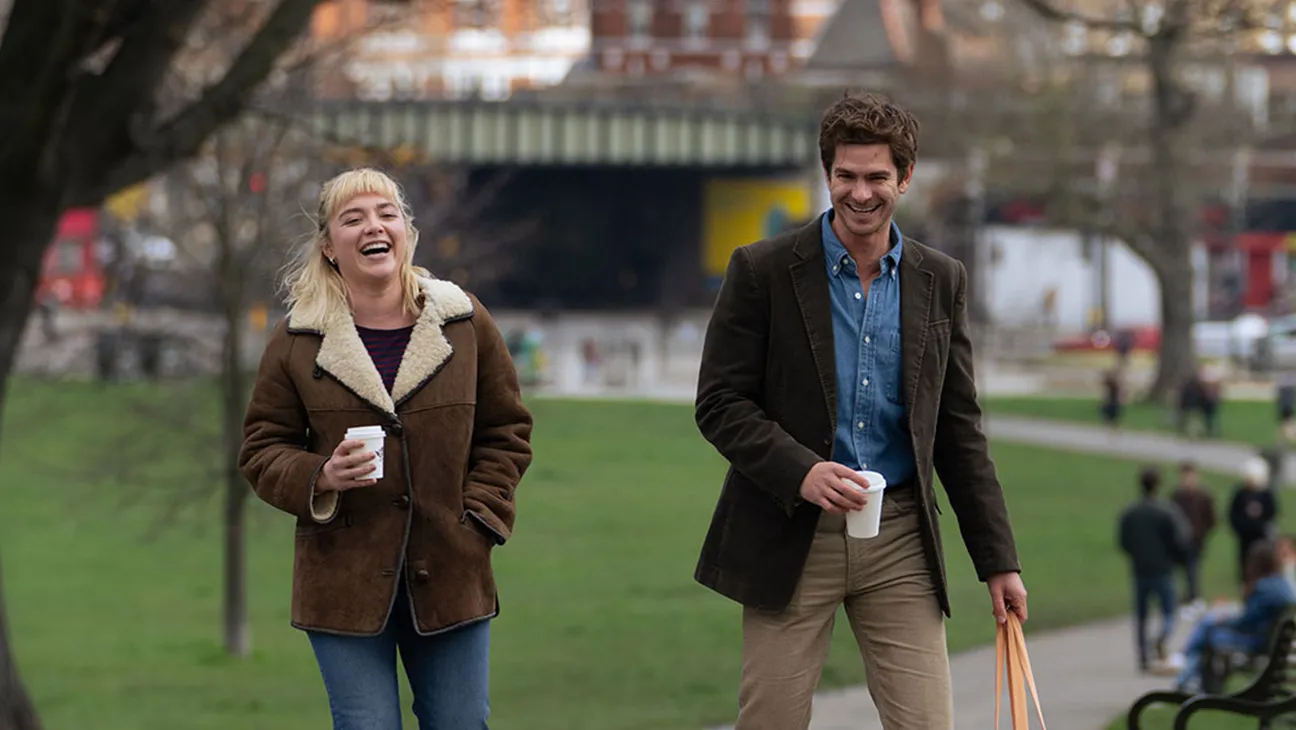
Nick Payne’s script traces through the high, low as well as some laidback moments in the partnership of Tobias & Almut, unfolding primarily across four timelines. We jump to the days and months after Almut’s cancer has returned, in which the professional chef decides to compete in an international cooking event to nail one last accomplishment in her life. We see the highly chance meet-up they have, their decision to finally start a relationship together, and how different facets of their lives intermingle leading up to the diagnosis, and henceforth.
Crowley and his talented editor, Justine Wright, don’t resort to any title cards or other markers beyond Almut’s evolving physical state to reinforce the timelines. Not only does that sorta narrative gamesmanship require great faith to be put in the art of film editing, but also a sense of great responsibility on the part of the actors. How do you distinguish day ten of a relationship from day one thousand?
It helps, then, having two dazzling Oscar nominees in Pugh and Garfield to sell off the chemistry on screen. The film treats their partnership like one between two actual adults— not only because they have to play big dramatic parts through the turning points in their relationship, but because they have to build upon the context of whatever has swayed in between based upon their adult character instincts. It’s truly a mesmerizing dynamic because the emotions stem from the confluence of acting and editing.
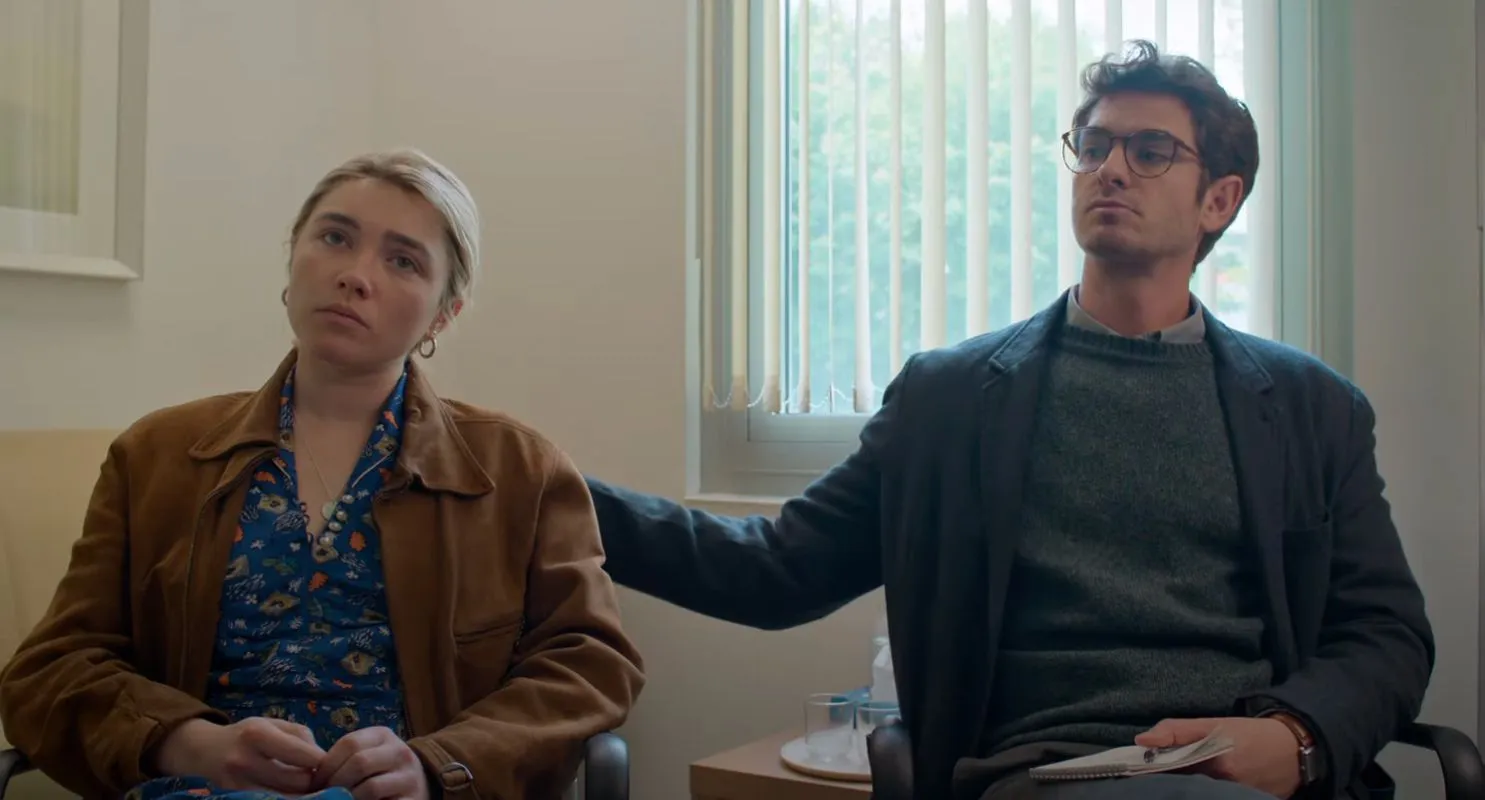
On a wider note, the film also quietly stages a tug-of-war between a more modern, much-required sensibility necessary to make this thing contemporary, and the traditionalism that could make it satiable. Pugh exceptionally pulls off the part, which plays as the bridge between the two. Garfield, meanwhile, excels at embodying the kind of love that proves its worth by just being in the moment while being attentive.
It’s the kind of nonverbal acting that makes every little glance he shares across the room speak a thousand words. The kind of masculine characters we still don’t see a lot. In one of the scenes, he watches her from across the hall at a party and catches her eye, some silent recognition of burgeoning love. In another, we see him look at her in the confined space of their kitchen, a thousand emotions hurdling inside – a defining moment that goes on to underscore the film’s simple yet universally supreme ethos.
The intercutting would’ve faltered in case of any lesser actors, of course. But “We Live In Time” is also about just how much life unfolds at the mercy of time than it is about this one relationship. There’s no desperate need felt here to manufacture conflict out of loudly drawn-out moments because the editing in itself adds heft to the passing of time. Perhaps that’s what makes the film feel uniquely contemporary, existing in the subliminal space of time while we figure out the kind of romantic dramas we respond the most to. As Roger Ebert once said, “I never cry during sad moments in the movies, only during moments about goodness.” This is a small, intimate film that endorses how the latter can be attained while living in the present.

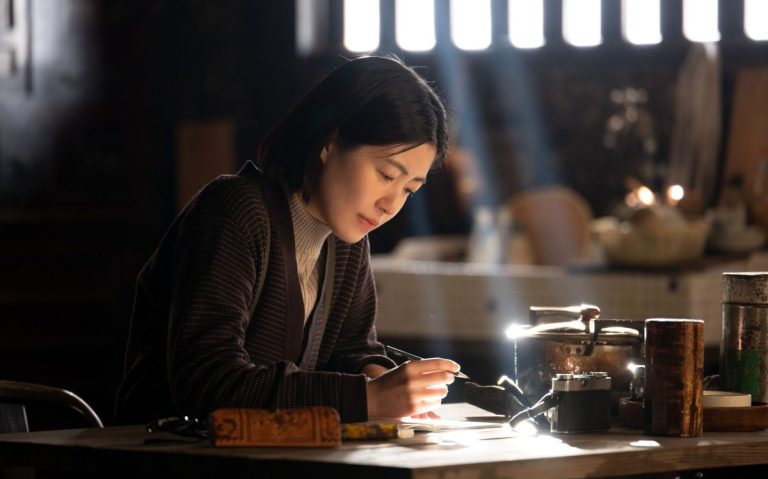

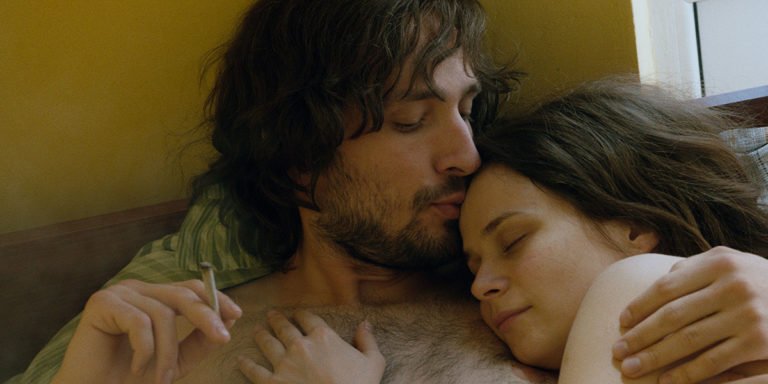
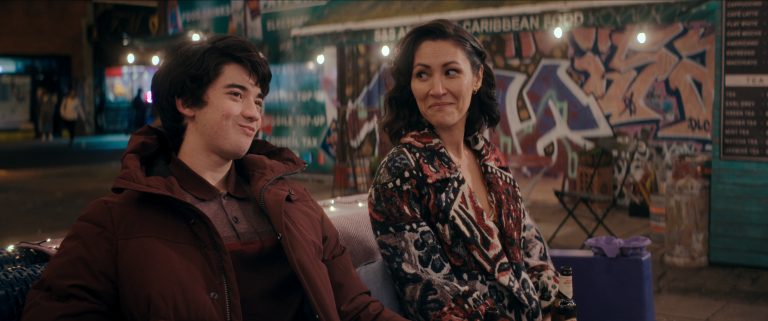
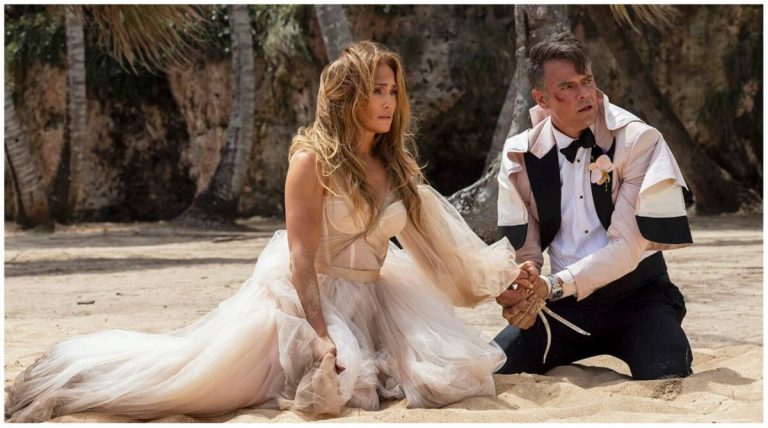
![La Soga Salvation [2022] Review: A Confusing Film, Violent for No Good Reason](https://79468c92.delivery.rocketcdn.me/wp-content/uploads/2022/01/La-Soga-Salvation-1-768x434.png)